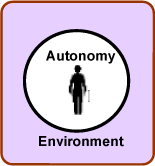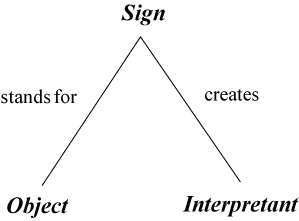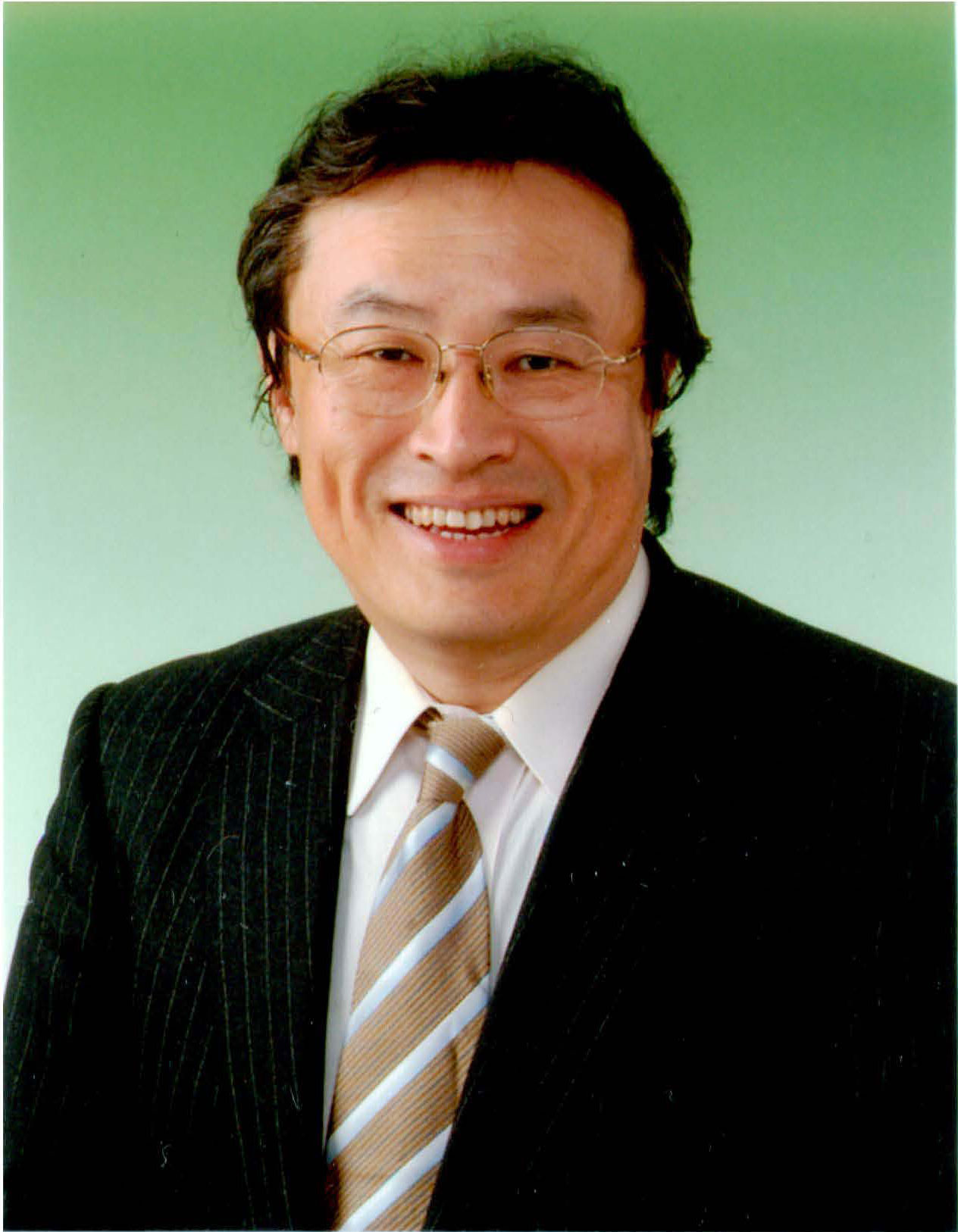
It has become increasingly clear that a coming ubiquitous society consisting of people’s
everyday life, production activities, etc. is governed through integration of human and artifacts
including various automated machines and information technologies. Wherein, the ecological and
evolutional prospects brought about by the interactions of many subsystems are to be argued. To
deal with such complexities, we have to establish a novel theory for designing activities, rather
than things. Actually, living systems are characterized by their plasticity of their structure and
continuous production of variabilities in reply to the change in environment, and the future
artifact systems should be designed so that they could accommodate such flexible and dynamic
capabilities that iving systems originally have. In this project, we focus on the design issues of the mutual and inseparable relationships between the external environment and the internal of the agent that is an actor, an observer, a cognizer, and an interpreter. For this purpose, we introduce the subject of “semiosis”, which is any form of activity, conduct, or process that involves signs, including the production of meaning. By mingling technologies with semiotics, we jointly approach to the common design issues varying from how organisms make predictions about, and adapt to, their semiotic niche in the world, and to an aspect of the wider systems including architects, embodied robots, product innovation and human-machine and/or human social interactions. Semiotic technology offers us an indispensable tool for the creation of a truly sustainable society and human-oriented technology, and our project enables a paradigm shift from conventional “design for manufacture” to novel “design for nurture”. |
Prof. Tetsuo Sawaragi |
 |
 |
|---|


